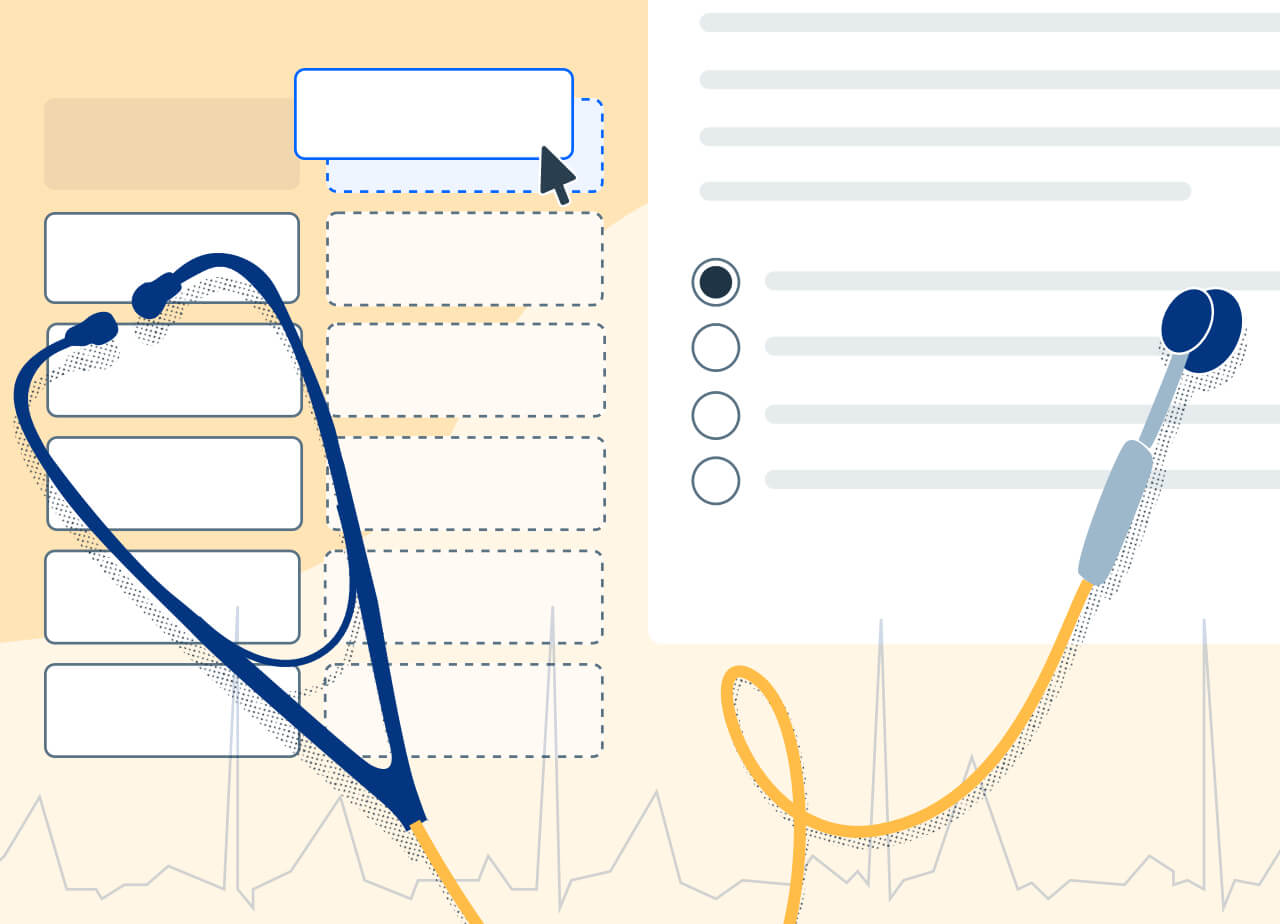After nursing school, every future nurse will have to take and pass the National Council Licensure Examination (NCLEX). The NCLEX is administered by The National Council of State Boards of Nursing (NCSBN) which updates the exam about every three years to keep up with industry standards.

In April of 2023, the NCSBN updated the current NCLEX and it’s now referred to as the NextGen NCLEX or NGN. For students sitting for this exam in the fall of 2023, they will take the new version.
The goal with making changes is for the new exam to more closely mimic scenarios nurses will face in their daily jobs.
Critical judgment is a focus
Critical judgment was an area that the NCSBN identified as a definitive place for improvement among nursing students. The NCSBN defines clinical judgment as “the observed outcome of critical thinking and decision-making”.
The reasoning for this is defined on the NCLEX website:
“The NGN launched on April 1, 2023 to better measure nursing candidates’ clinical judgment and decision making abilities through the use of innovative item types. The need to measure this stemmed from information gathered during the 2013-2014 NCSBN Strategic Practice Analysis, which showed newly licensed nurses are increasingly expected to make complex decisions while caring for patients.”
You can read more about the Clinical Judgement Measurement Model here.
New question types
There are several new item types on the NGN for 2023.
- Extended drag & drop: Pair items from two columns.
- Extended multiple response: Similar to ‘select all that apply’ where partial credit is awarded for partially correct answers.
- Drop down (Close): Complete the answer by selecting a word from a drop down list (similar to multiple choice). In some cases there will be multiple drop down menus.
- Text highlight (enhanced hot spot): The questions will ask you to highlight an area of text from a passage to show the answer.
- Matrix: Similar to a multiple choice but more complex. The question will ask you to choose several answers across a grid. For example, a list of tests might be provided and the answer would be to distinguish which are essential, non essential, and harmful.
- Case Scenario: Two to eight questions might reference a single case (previously questions had been standalone). The questions use a split screen format where a case will be on one side and questions will be on the other.
You can find test plans with content outlines for the updated NCLEX here.
New scoring method
The previous version of NCLEX items were scored as either all correct or all incorrect. The new method accounts for questions that have multiple answers, giving it partial credit.
Not new: Computer Adaptive Testing (CAT)
The exam will still adjust question difficulty depending on how well the test taker performs. The goal of CAT is to use the shortest number of questions to assess the knowledge level. The NCLEX can have between 85-150 questions. Someone can pass or fail after taking only 85 questions. It depends on how well they did when the question difficulty increased.
Bottom line, don’t get discouraged or too excited based on the number of questions you were given.
Is the new NCLEX harder?
Yes. There is a general consensus that the newer version is more challenging due to the focus on critical judgment. While this may not sound great for current students, it’s theoretically a good thing in the long run. The exam should be even better at preparing prospective nurses for what they’ll face in the field.
Take this new information into consideration while you’re preparing for either the NCLEX PN or NCLEX RN.

